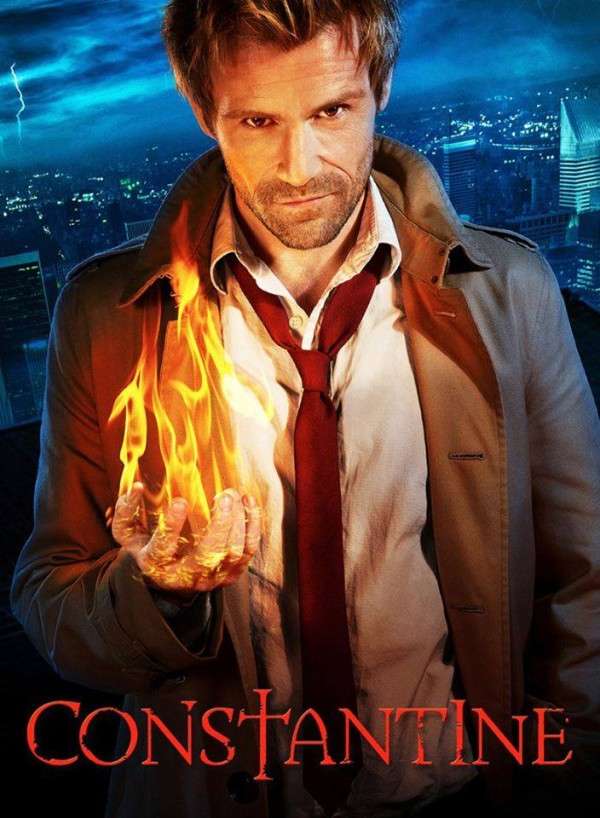
For my Constantine Episode Guide, I'll be using a slightly modified version of the stats I used for my Hellblazer Reading Guide coupled with the same key I used for my guides to Arrow and The Flash, which in turn are based off of what I think is the finest episode guide ever written - Doctor Who: The Discontinuity Guide by Paul Cornell, Martin Day & Keith Topping.
Here is the quick rundown.
Plot: A quick summary of the main story.
Influences: Specific media which may have inspired or otherwise influenced a particular episode.
Goofs: Holes in the plot, visible wires during the stunts and other things that don't work the way they should.
Performances: The actors and their craft - how well the characters are played, ignoring how that character may have been differently portrayed in another story.
Artistry: Anything on the technical side of things that is notably well-handled, such as set-design, lighting, sound effects, cinematography, etc.
Pub Trivia: Random things of interest and references to the comics.
Arcana: Fancy speech used to justify the unlikely and/or impossible things that sometimes happen. Also, anything having to do with the laws of magic.
Dialogue Triumphs: Good lines and funny bits.
Dialogue Disasters: Anything the characters say that make you roll your eyes or snort in disbelief.
Continuity: Direct references to previous episodes.
Location: Where the story takes place.
Untelevised Adventures: Stories that take place off camera, but are referred to.
The Fridge Factor: How badly the female characters on the show are manipulated by the story in order to make the male characters look better.
John Screws Up: Any notable instances of John biting off more than he can chew or having a con blow up in his face.
The Bottom Line: Is it good or bad? Why is it good or bad? How can they make it better/not make it worse?

No comments:
Post a Comment